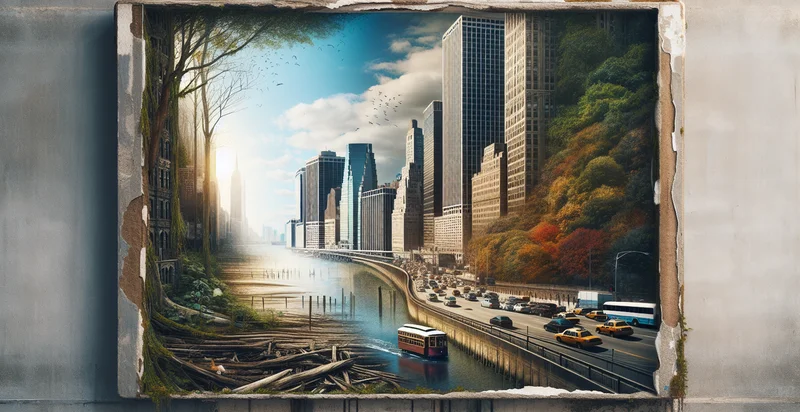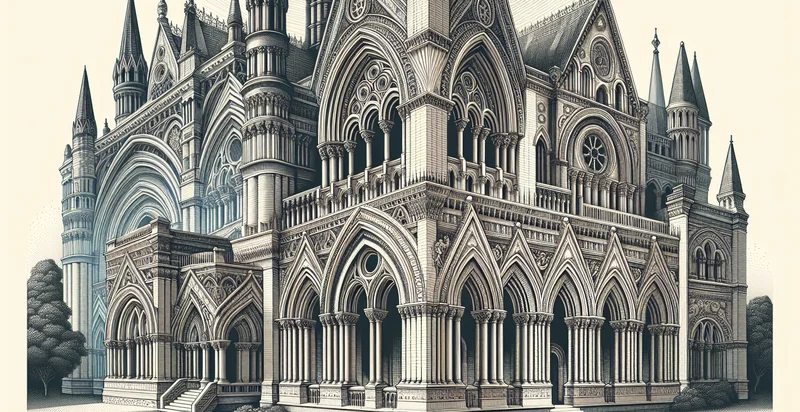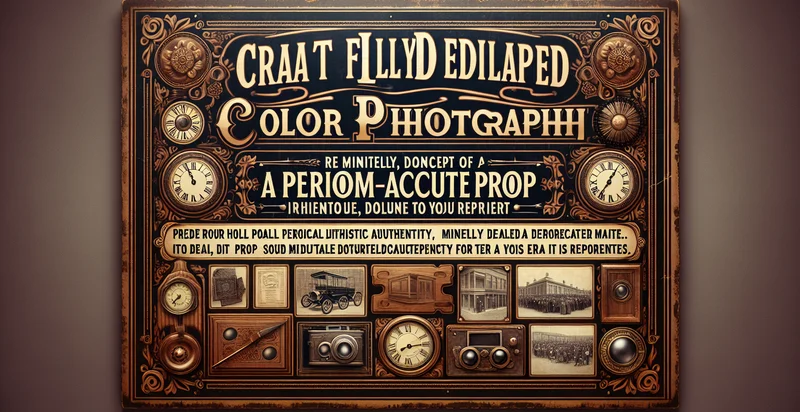Identify scene time period
using AI
Below is a free classifier to identify scene time period. Just upload your image, and our AI will predict what time period the scene represents - in just seconds.


Contact us for API access
Or, use Nyckel to build highly-accurate custom classifiers in just minutes. No PhD required.
Get started
import nyckel
credentials = nyckel.Credentials("YOUR_CLIENT_ID", "YOUR_CLIENT_SECRET")
nyckel.invoke("scene-time-period", "your_image_url", credentials)
fetch('https://www.nyckel.com/v1/functions/scene-time-period/invoke', {
method: 'POST',
headers: {
'Authorization': 'Bearer ' + 'YOUR_BEARER_TOKEN',
'Content-Type': 'application/json',
},
body: JSON.stringify(
{"data": "your_image_url"}
)
})
.then(response => response.json())
.then(data => console.log(data));
curl -X POST \
-H "Content-Type: application/json" \
-H "Authorization: Bearer YOUR_BEARER_TOKEN" \
-d '{"data": "your_image_url"}' \
https://www.nyckel.com/v1/functions/scene-time-period/invoke
How this classifier works
To start, upload your image. Our AI tool will then predict what time period the scene represents.
This pretrained image model uses a Nyckel-created dataset and has 8 labels, including Ancient, Contemporary, Futuristic, Industrial, Medieval, Modern, Postmodern and Renaissance.
We'll also show a confidence score (the higher the number, the more confident the AI model is around what time period the scene represents).
Whether you're just curious or building scene time period detection into your application, we hope our classifier proves helpful.
Related Classifiers
Need to identify scene time period at scale?
Get API or Zapier access to this classifier for free. It's perfect for:
- Historical Content Curation: This feature can be utilized by museums and galleries to automatically classify and categorize images of artwork or historical artifacts based on their time period. By identifying the era depicted, institutions can enhance visitor experiences through personalized tours and informative exhibits that align with specific historical contexts.
- Real Estate Marketing: Real estate developers and agents can leverage this function to classify images of properties according to the architectural styles and trends of specific time periods. This can aid potential buyers in understanding the historical significance and aesthetic appeal of a property, allowing for targeted marketing strategies.
- Social Media Image Analysis: Platforms can use the scene time period identifier to classify user-generated content, helping users discover and engage with images relevant to certain historical periods. This enhances user experience by providing context and enabling themed discussions or content curation based on specific time frames.
- Fashion Retail Insights: The fashion industry can implement this classification to analyze historical fashion trends represented in images, enabling retailers to draw inspiration from past styles. By understanding which time periods resonate with consumers, businesses can create targeted marketing campaigns and product lines rooted in successful historical aesthetics.
- Film and Media Production: Production companies can utilize this function to assess and select images that visually represent the time periods relevant to their scripts. By quickly identifying images from particular eras, creators can generate mood boards that accurately reflect the intended setting, enhancing storytelling and production design.
- Educational Tools: Educational institutions can employ the function in teaching materials to facilitate the classification of images related to historical events or eras. This can help students connect visually with the concepts being studied, providing a more engaging learning experience by giving them access to accurate historical representations.
- Art Authentication: Art historians and appraisers can use the scene time period identifier to help authenticate artwork by comparing it to established time periods and styles. This can aid in determining the provenance of pieces, providing valuable insight into their origins, and supporting investment decisions in the art market.


